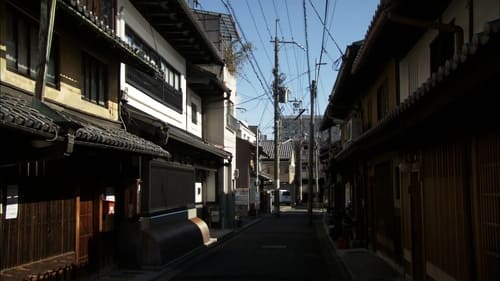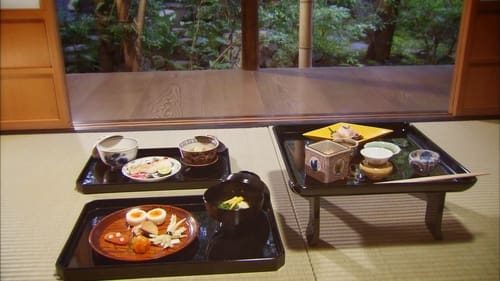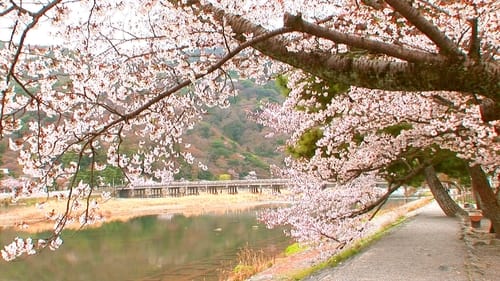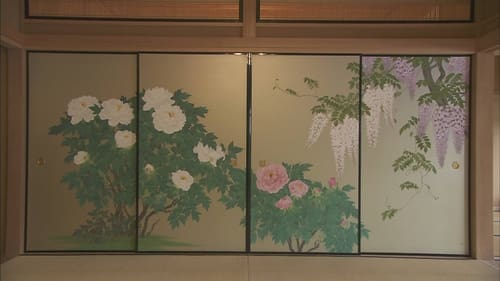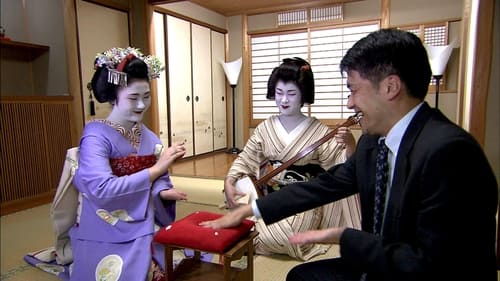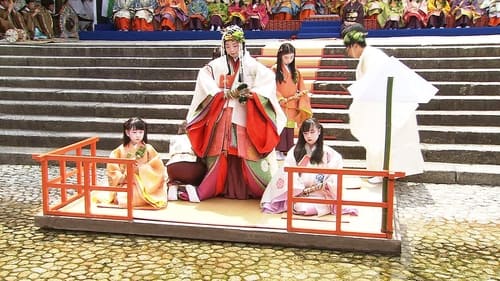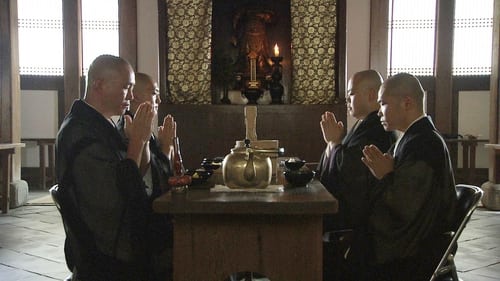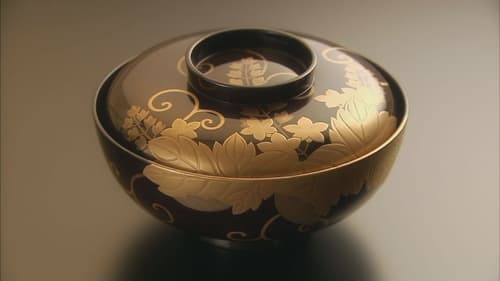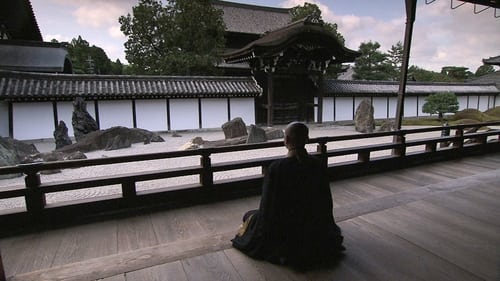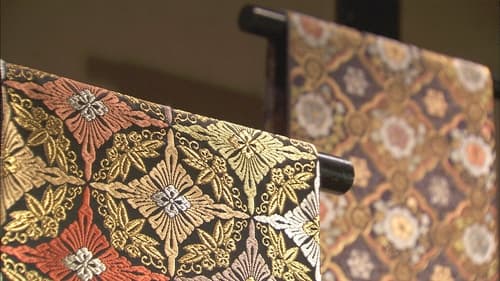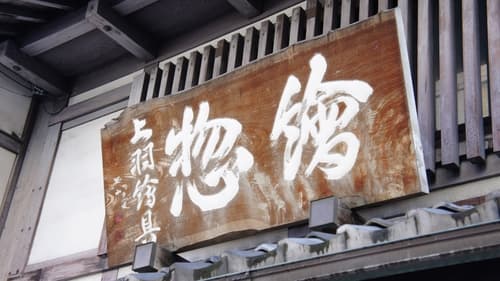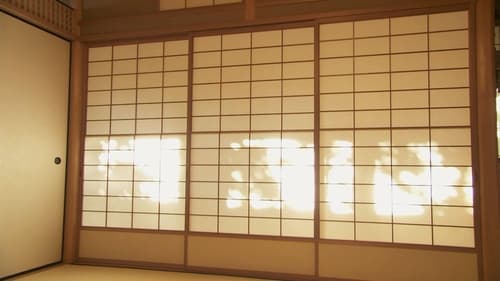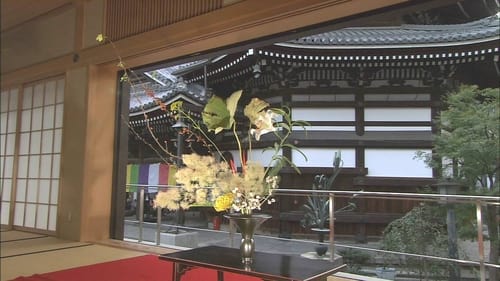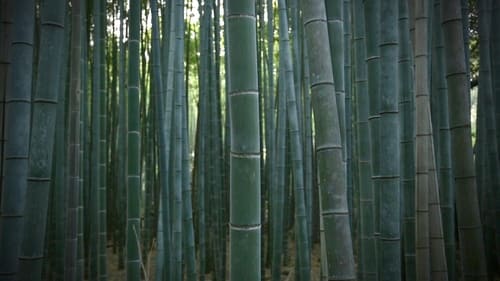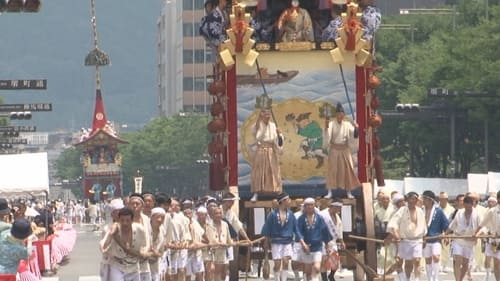 NaN/10(0 votes)
NaN/10(0 votes)#10 - Gion Matsuri: The Spirit of the Townspeople During Summer's Grand Festival
S1:E100 CommentsBe first to comment!Be the first to share your thoughts
Start!Be the first to comment!Be the first to share your thoughts about this episode
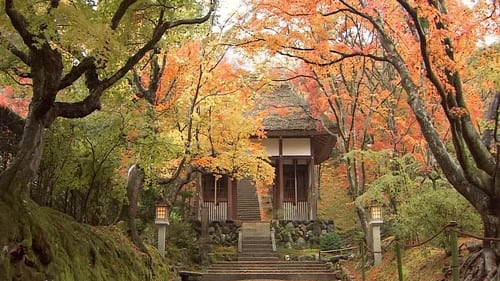 NaN/10(0 votes)
NaN/10(0 votes)#17 - The Changing Leaves: The Transient Fall Beauty of the Ancient Capital
S1:E170 CommentsBe first to comment!Be the first to share your thoughts
Start!Be the first to comment!Be the first to share your thoughts about this episode
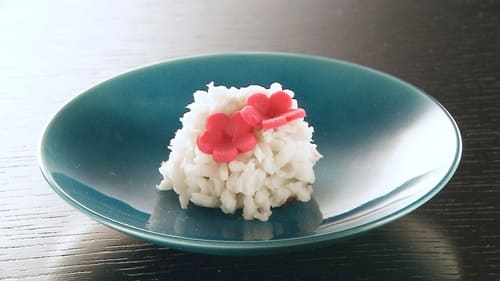 NaN/10(0 votes)
NaN/10(0 votes)#18 - Kyoto Confections: Experiencing Kyoto Culture Through the Five Senses
S2:E10 CommentsBe first to comment!Be the first to share your thoughts
Start!Be the first to comment!Be the first to share your thoughts about this episode
 NaN/10(0 votes)
NaN/10(0 votes)#23 - Kin-butsudan: Faith Shines Brilliant in Craft That Embodies Nirvana
S2:E60 CommentsBe first to comment!Be the first to share your thoughts
Start!Be the first to comment!Be the first to share your thoughts about this episode

Documentary

The Best Episodes of Core Kyoto
Every episode of Core Kyoto ranked from best to worst. Let's dive into the Best Episodes of Core Kyoto!

The Best Episodes of Core Kyoto
Documentary
Every episode of Core Kyoto ranked from best to worst. Let's dive into the Best Episodes of Core Kyoto!
The timeless heart of Japan's ancient capital. Against its rich backdrop of culture and tradition, today's Kyoto continues to innovate and inspire.
Seasons13
READ
Best Episodes Summary
"Kyo-machiya: Connecting People's Hearts" is the best rated episode of "Core Kyoto". It scored /10 based on 0 votes. Directed by Unknown and written by Unknown, it aired on 2/28/2013. This episode scored 0.0 points higher than the second highest rated, "Kaiseki-ryori : The Ultimate in Culinary Hospitality".
